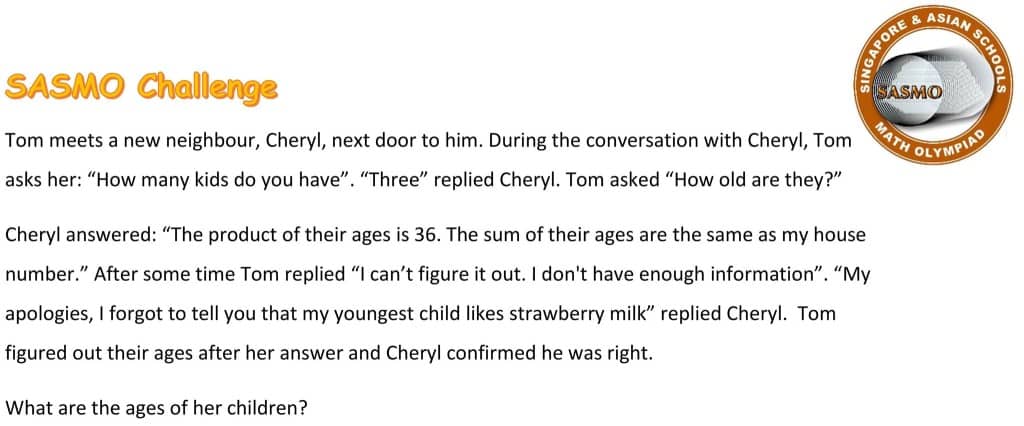 I’ve enjoyed Denise Gaskin’s Let’s Play Math blog since at least 2007! I shared her site when the problems for Mr. Popper’s Penguins were first published.
I’ve enjoyed Denise Gaskin’s Let’s Play Math blog since at least 2007! I shared her site when the problems for Mr. Popper’s Penguins were first published.
She has a new book of word problems tied to literature: Word Problems from Literature: An Introduction to Bar Model Diagram
I immediately bought a copy for my Kindle (a steal at only $3.99).
Here’s a sample from the chapter entitled Moving Toward Algebra: Challenge Problems:

Denise provides step-by-step solutions with bar models. Here’s just a teaser of the solution to Han Solo’s problem:
This looks to be a great resource for some motivating and just darn fun problems.
Enjoy!
































